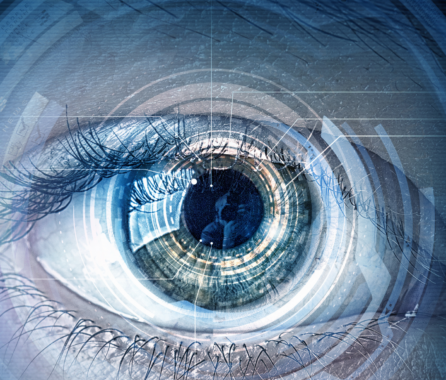Highlights taken from Modernising Digital-ID Systems: What Open Standards and Open-Source Software Really Mean, for the Tony Blair Institute for Global Change.
As organisations and Governments look to build inclusive Digital ID ecosystems, how do they overcome the key challenge of choosing which technology solution(s) to adopt?
We recently collaborated on an article with the Tony Blair Institute for Global Change, which looks at this exact question and how Open Standards and Open-Source Software technologies have emerged as the approaches that will give governments the flexibility and freedom they need.
ICYMI, the topics and themes discussed in the piece are summarised below.
The need for Open Standards and Open-Source Software
When a new industry is formed, it is common to see the creation of proprietary and non-interoperable systems; this is no different in the identity market. However, today, the market is maturing and moving towards interoperable and vendor lock-in free solutions – spelling good news for the future of digital identity in government services. Open standards and open-source software are the two main approaches that have emerged to offer governments the flexibility and freedom they need.
Why Open Standards Matter
Open standards are the vehicle to enable interoperability. When multiple products can work together seamlessly, the result is a level playing field market, which leads to more innovation, lower costs, and better products and services for consumers.
The developments in Open Standards
The open standards that are accelerating developments in the digital-ID space include: OpenID for Verifiable Credential Issuance, OpenID for Verifiable Presentations, W3C Verifiable Credentials Data Model, Decentralized Identifiers, FIDO2 and OSIA.
Why Open-Source Solutions Matter
As put by the team behind the Canadian Digital Service, “Open-Source saves time and money, by making software easier to reuse and adapt.”
The developments in Open Source Solutions
Open-source approaches to digital ID include: OpenCRVS, Modular Open Source Identification Platform, X-Road, and OpenWallet Foundation.
What Does this Mean for Governments Looking to Build Digital-ID Ecosystems?
Both Open Standards and Open Source Software approaches have the capability and potential to add value to governments to build and upgrade their digital ID ecosystems.
However, caution is needed on two fronts:
- Open Source Software solutions need to be interoperable and therefore based on Open Standards, such as OSIA. This is key for governments to ensure true open Digital-ID ecosystems.
- Although initially dependent on system integrators, governments should consider putting in place local training to mitigate the capacity risks of Open Source Software solutions.
By considering these two recommendations, governments are more likely to futureproof their digital-ID systems in the most efficient manner.
To read the full piece, co-authored by Debora Comparin, Standardisation Expert, Thales and Chair of OSIA Initiative, SIA and Yiannis Theodorou, Head of Digital ID at the Tony Blair Institute for Digital Change – please click here.
For further reading, please check out the following:



